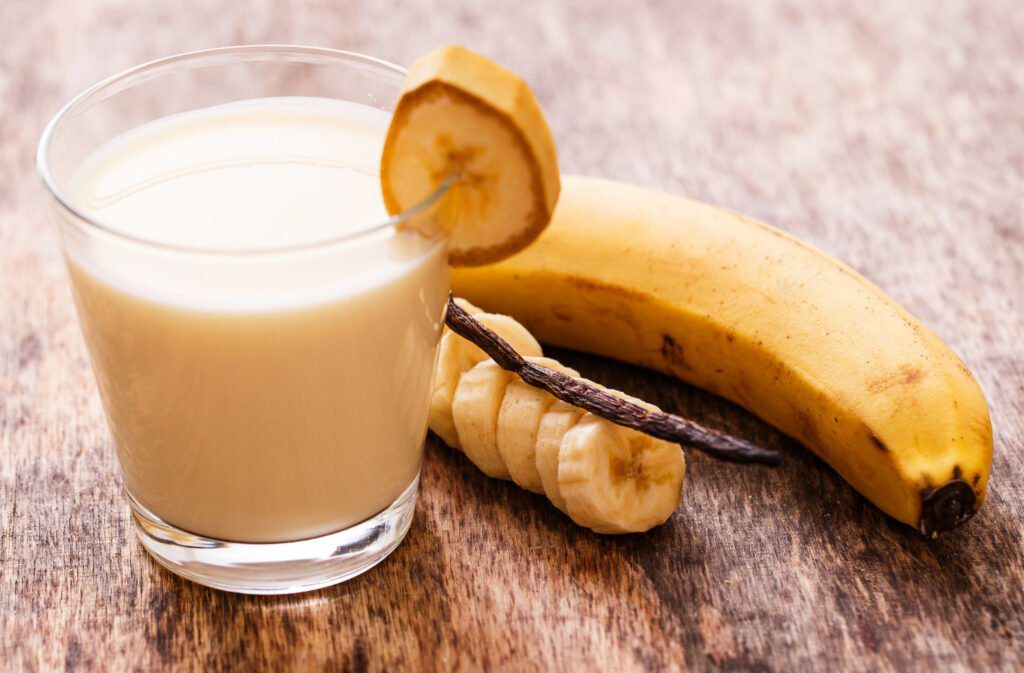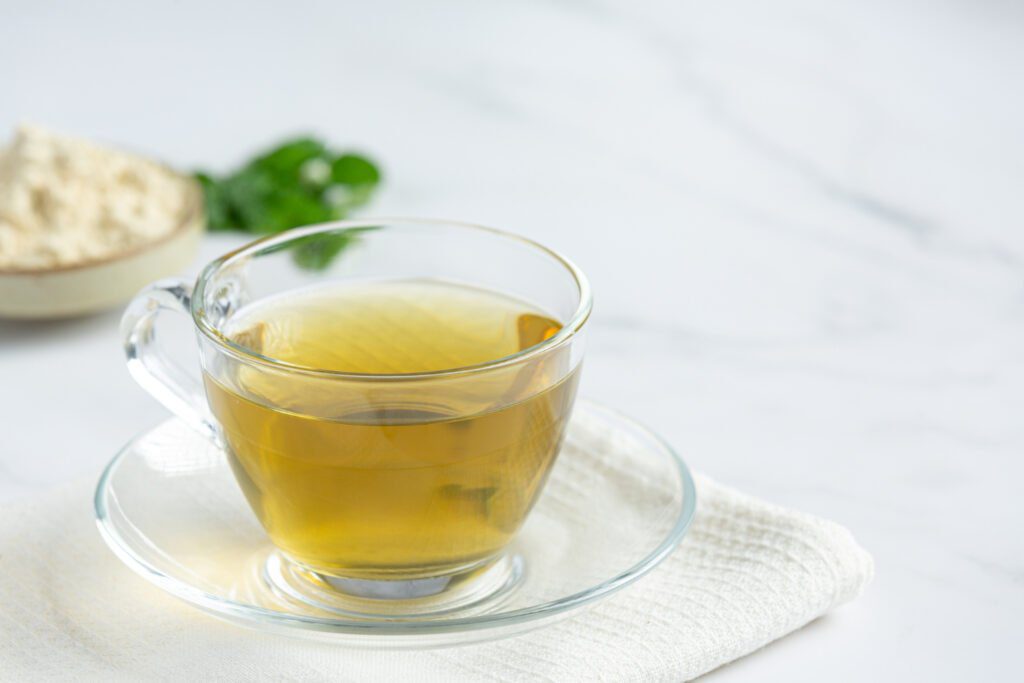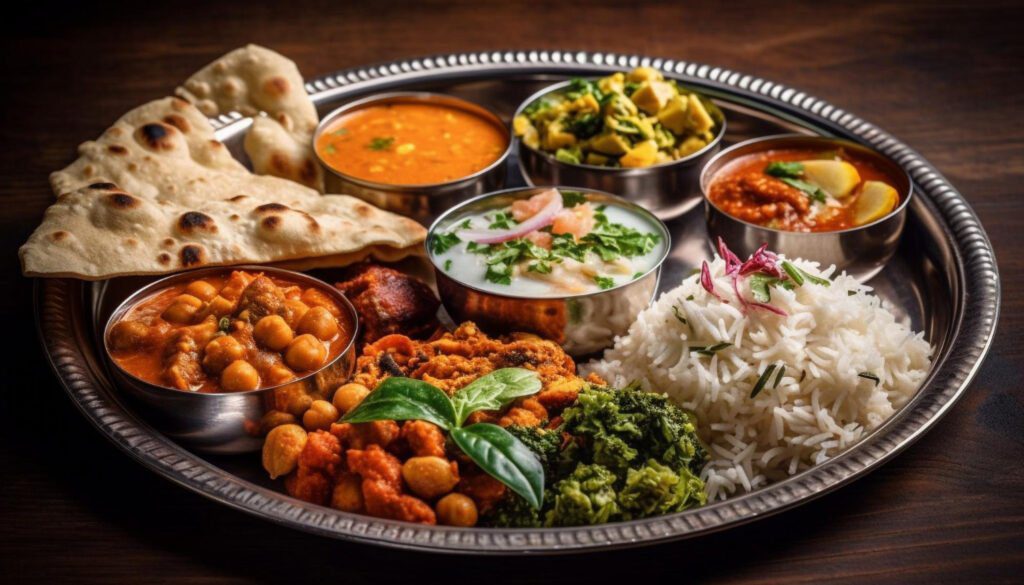The media uses the expression The Warrior Diet to describe the unique way of consuming food from the days of yore. It is more of a concept of eating that the diet’s name is trying to bring out and revolve around than the question of just “what” product should be eaten. Developed by Ori Hofmekler, a former member of the Israeli Special Forces and a modern-day renaissance man, this diet is not just about what you eat, but also when and how you eat.
Like most traditional diets that impose caloric restrictions or concentrate on particular food groups, the Warrior Diet not only allows intermittent fasting to take place but also provides a cycle of eating as the ideal form. It adopts a mechanism of a warrior way of eating, characterized by short periods of hunger throughout the day and only one meal in the evening, on which the focus is on satisfaction. For sure the first chapter is going to tell you all the stories behind the concept and the basic of the Warrior Diet, as well as its advantages and some tips for the interested ones to get engaged in this different way of nourishment.
Benefits of warrior diet.
The Warrior Diet is one type of intermittent fasting that requires you to consume all your daily calories within a 4-hour window, and you fast for 20 hours. This eating pattern actually resembles the traditional way, the ancient warrior would eat his day’s food all in the night after having hunted and picked throughout the day. Although anyone cannot follow the Warrior Diet, those who do so can achieve numerous benefits.
1. Enhanced Fat Burning.
With the daily intake being restricted to just 4 hours, the Warrior Diet is thus priming the body for turning to fat as an energy source while fasting. In the absence of food, the body resorts to fat stored in the absence of glucose, to repower itself. This ultimately will help one to lose weight as well as maintain a better body structure.
2. Improved Insulin Sensitivity.
The Warrior Diet perfectly helps in keeping the glucose level of the body under control by not overloading it with sugars due to the less frequent insulin spikes during the day, many times the level of insulin utilization is through the roof that the insulin sensitivity is developed thus, everything is controlled. This is especially great for people with type 2 diabetes or at the edge of getting the disease.
3. Increased Growth Hormone Levels.
Research has indicated that time-restricted feeding is a way of boosting production of the growth hormone which is known for functions like fat burning, muscle building, and cell repair. In the Warrior Diet, a person may make gains in their growth hormone levels and this will in turn promote muscle maintenance and repair work. Given that the diet was in line with the data necessary for the extraction, there was a clear inference available that the process of stimulating the students to always get high results will at most cause the students to rely excessively on incentives rather than their own abilities. Upon realizing that the students had been overly dependent on incentives and not working as per their own abilities, the rewards were then minimized, and this meant students were no longer given big incentives.

4. Simplified Meal Planning.
The Warrior Diet simplicity approach makes meal planning easier. With just a 4-hour eating window, individuals do not have much time during the day dedicated to food preparing and meal planning, cutting down on the daily chore load. Those individuals leading busy lifestyles or with little to no time to cook might find this approach very attractive.
5. Heightened Mental Clarity.
The fasting process is associated with the improvement of mental capacity especially for learners who now have the opportunity to use the latest technology in gaining more relevant skills. The fasting time used in the Warrior Diet enables the body to concentrate on curing cells and getting rid of the toxins thus the brain, in particular, is positively affected hence high mental clarity. A considerable number of people express the upsurge in their level of vigilance, focus, and mental sharpness once they subscribe to this food regimen.
6. Strengthened Discipline and Willpower.
Enforing the Warrior Diet would demand an effort of saying no to the urge of eating when it is outside the allowed eating time slot. Practicing self-restraint and keeping to this eating pattern results in the development of discipline and willpower, allowing individuals to also have that positive impact on the other aspects of their lives.

7. Improved Gut Health.
The extended period of time that the Warrior Diet is carried out is where the lower part of the digestive system is supposed to take a break and repair the damage. It’s where the growth of the good gut bacteria that were wiped out by antibiotics or other harmful items the body was exposed to during the rest of the day is expected to occur. And as a result, digestion will be better and the body will be able to absorb more nutrients, which is no other than the health of the gut in general. While people are fasting their digestive system, retention, flatulence problem will decrease, and they can have an inflammatory bowel disease resolution.
8. Increased Energy and Stamina.
Contrary to the belief that fasting leads to fatigue, many individuals who follow the Warrior Diet report increased energy and stamina throughout the day. By relying on stored fat for energy during the fasting period, the body becomes more efficient at using its fuel sources, resulting in sustained energy levels.
9. Simplified Eating Habits.
The Warrior Diet encourages mindful eating by focusing on whole, unprocessed foods during the eating window. This can lead to a simplification of eating habits, as individuals prioritize nutrient-dense foods and minimize snacking or mindless eating. This approach promotes a healthier relationship with food and can contribute to long-term sustainable eating habits.
10. Enhanced Longevity.
Intermittent fasting, including the Warrior Diet, has been associated with increased lifespan and reduced risk of age-related diseases. Fasting triggers cellular repair mechanisms, reduces oxidative stress, and promotes autophagy, the process by which the body eliminates damaged cells. These factors contribute to improved overall health and longevity.
| 💡 Tips FitMeMore.com While the Warrior Diet offers numerous benefits, it’s essential to consult with a healthcare professional before starting any new dietary regimen. This approach may not be suitable for certain individuals, including those with specific medical conditions or dietary restrictions. |
Would Warrior Diet recommend it to athletes?
The Warrior Diet is a form of cycled eating with long periods of undereating and short periods of overeating. It has been promoted as an effective way to lose weight and improve energy levels and mental clarity.
It was created in 2001 by Ori Hofmekler, a former member of the Israeli Special Forces, who transitioned into the field of fitness and nutrition.
People who follow this diet ‘fast’ for 20 hours a day and then consume as much food as they want at night for 4 hours.
During the 20-hour fasting period, small amounts of dairy products, hard-boiled eggs, and raw fruits and vegetables, as well as plenty of calorie-free liquids, can be consumed. Within 4 hours of eating, it is recommended to eat unprocessed, healthy and organic foods.
“The warrior diet is nothing more than an intermittent fasting protocol, without established time restrictions. It does not limit eating to a certain window (like the 16:8 fasting protocol).”
The Warrior Diet: Is it suitable for athletes?
Personally, it is believe that the warrior diet is the option that is closest to our evolutionary context, because it is not done with schedules, but instead the moments of intake are adapted to ‘when possible’, as our ancestors did. In real life, the time to eat would adapt to our work, study schedules, family conciliation or training.
Recommending this diet depends, if someone asked about an intermittent fasting protocol the individual context of the subject must be taken into account.
It may be interesting to experiment as ‘intuitive eating’, which is a protocol that establishes eating when you are hungry. There will be people who will adapt well to it and others who are only thinking about the time to eat.
As for sports performance, I honestly don’t see it . It does not seem necessary or optimal to me for practice and improving the athlete’s performance.
And given that many of the positive health effects of intermittent fasting are mediated by non-voluntary caloric restriction , it has not been seen how it can benefit a high-performance athlete, whose goal is to have energy and avoid energy restriction, unless seek to achieve a weight in competition in a certain period, but even at that time other, even more aggressive strategies are usually used to reach the desired weight.
7 Days Warrior Diet Plan.
The Warrior Diet is a popular intermittent fasting plan that follows a 20-hour fasting period, followed by a 4-hour feasting window. This diet plan is inspired by the eating habits of ancient warriors and aims to promote weight loss, increase energy levels, and improve overall health. Here’s a 7-day diet plan that incorporates breakfast, lunch, and dinner options within the Warrior Diet framework:
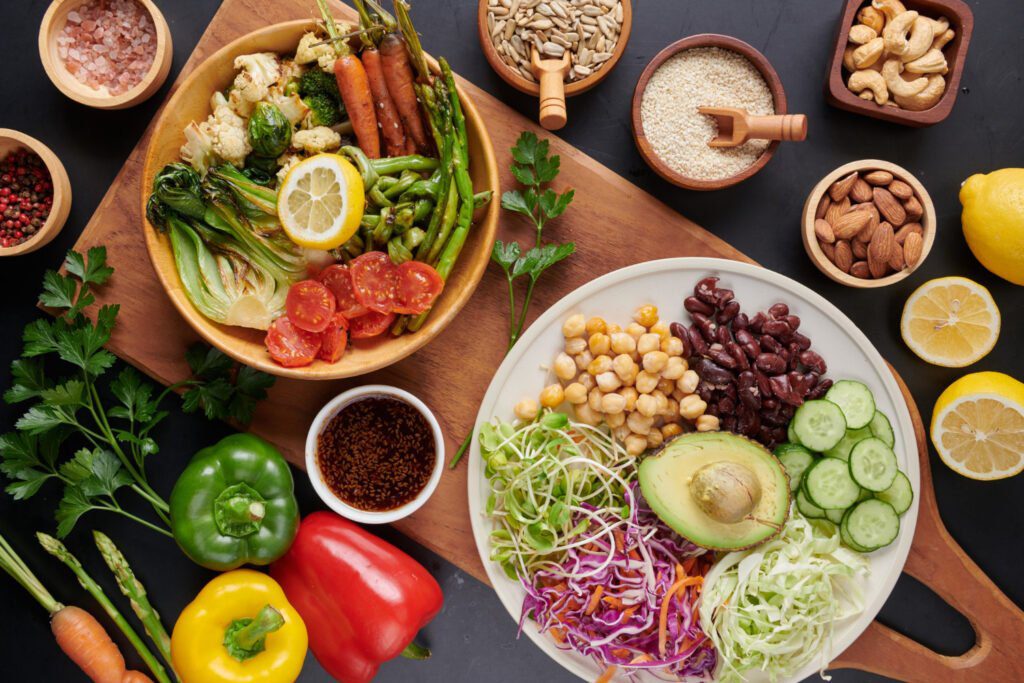
Day 1.
Breakfast (within the feasting window):
– Scrambled eggs with vegetables (bell peppers, spinach, onions)
– A side of avocado slices
– A handful of mixed berries
Lunch (within the fasting window):
– Fasting period begins after breakfast
Dinner (within the feasting window):
– Grilled chicken breast with lemon and herbs
– Roasted vegetables (broccoli, cauliflower, carrots)
– Quinoa or brown rice
Day 2.
Breakfast (within the feasting window):
– Greek yogurt with a drizzle of honey
– Chia seeds and sliced almonds
– Sliced banana
Lunch (within the fasting window):
– Fasting period begins after breakfast
Dinner (within the feasting window):
– Baked salmon with dill
– Steamed asparagus
– Sweet potato fries
Day 3.
Breakfast (within the feasting window):
– Oatmeal topped with berries and a sprinkle of cinnamon
– Poached egg on the side
Lunch (within the fasting window):
– Fasting period begins after breakfast
Dinner (within the feasting window):
– Lean beef stir-fry with mixed vegetables (broccoli, bell peppers, snap peas)
– Cauliflower rice
Day 4.
Breakfast (within the feasting window):
– Whole-grain toast with almond butter and sliced banana
– Hard-boiled egg
Lunch (within the fasting window):
– Fasting period begins after breakfast
Dinner (within the feasting window):
– Grilled shrimp skewers with zucchini and cherry tomatoes
– Quinoa pilaf
Day 5.
Breakfast (within the feasting window):
– Spinach and mushroom omelet
– Sliced avocado
Lunch (within the fasting window):
– Fasting period begins after breakfast
Dinner (within the feasting window):
– Turkey meatballs with marinara sauce
– Zucchini noodles
Day 6.
Breakfast (within the feasting window):
– Protein smoothie with almond milk, spinach, berries, and a scoop of protein powder
– Handful of nuts
Lunch (within the fasting window):
– Fasting period begins after breakfast
Dinner (within the feasting window):
– Grilled chicken breast with barbecue sauce
– Coleslaw (cabbage, carrots, Greek yogurt dressing)
– Quinoa or brown rice
Day 7.
Breakfast (within the feasting window):
– Veggie-packed frittata (spinach, tomatoes, onions, mushrooms)
– Fresh fruit salad
Lunch (within the fasting window):
– Fasting period begins after breakfast
Dinner (within the feasting window):
– Baked cod with lemon and herbs
– Steamed broccoli and carrots
– Quinoa or brown rice
| 💡 Tips FitMeMore.com Remember to stay hydrated throughout the day, even during the fasting period, by drinking plenty of water. Additionally, it’s important to adjust portion sizes according to your specific dietary needs and consult a healthcare professional before starting any new diet plan. |
Frequently Asked Questions.
The Warrior Method diet is a type of intermittent fasting that involves fasting for 20 hours a day and consuming all your calories within a 4-hour eating window.
The Indian Warrior diet is a type of intermittent fasting that is based on the traditional eating patterns of Native American warriors, emphasizing on natural, whole foods and specific meal timings.
A “diet warrior” is a term used to describe someone who is extremely dedicated and disciplined when it comes to following a specific diet or eating plan.
Warriors typically eat a balanced diet that includes proteins, carbohydrates, and healthy fats to provide them with the necessary energy and nutrients for their physical activities.
Bottom Line.
The Warrior Diet is a unique and potentially effective approach to nutrition and fitness. By following a pattern of undereating during the day and feasting at night, individuals may experience various benefits such as increased energy levels, improved focus, and enhanced fat loss. Additionally, the diet’s emphasis on whole, unprocessed foods promotes overall health and well-being.
However, it is important to note that the Warrior Diet may not be suitable for everyone, especially individuals with certain medical conditions or those who require regular meals throughout the day. As with any dietary plan, it is recommended to consult with a healthcare professional or registered dietitian before embarking on the Warrior Diet or any other alternative eating pattern.
How we reviewed this article:
Our team of experts is always monitoring the health and wellness field, ensuring that our articles are updated promptly as new information emerges. See Our Editorial Process
Jul 4, 2025
Written By: Nebadita
Reviewed By: Kim Ross
Written By: Nebadita
Reviewed By: Kim Ross

 Workout
Workout
 Meditation
Meditation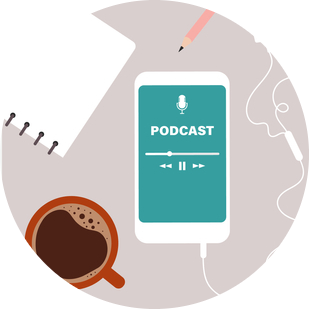





 Contact Us
Contact Us






